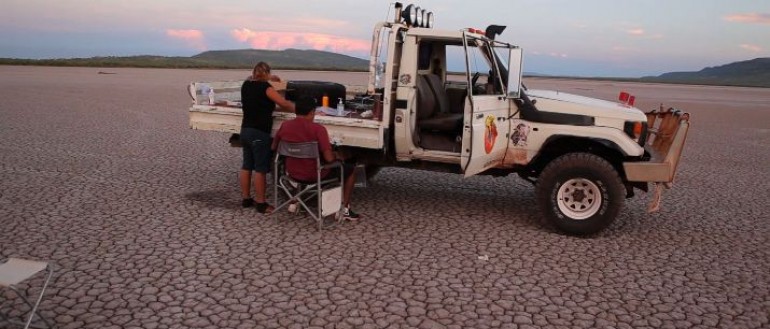Aims:
- To update the prevalence, incidence and health economic data relating to chronic kidney disease in the Central Australian Region.
Objectives:
- To identify the current burden of chronic kidney disease (CKD) in the CA region including the level of comorbid conditions amongst CKD patients and assess whether rates of progression to end stage kidney disease (ESKD) can be determined
- To identify changes/improvements in CKD management since 2009
- To describe the current incidence and prevalence of ESKD in the CA region compared to projections in The 2011 CA Renal Study
- To describe the location and capacity of current service provision and how this has changed since 2009
- To describe the available models of care for treatment, the ability of these models to meet the needs of patients, and identify evident gaps in service provision
- To describe the current workforce availability and issues for service provision
- To estimate whole-of-service costs associated with providing renal replacement therapy (RRT) including dialysis treatments, transplants, supporting infrastructure and required resources out to 2025.
Summary:
The Australian Government commissioned Menzies School of Health Research to update the prevalence, incidence and health economic data contained in the 2011 Central Australian Renal Study Technical Report, which included data up to and including 2009.
Implications for policy and practice:
The information in this report provides an analysis of current and future demand for renal services in the central Australian cross border region, workforce requirements to meet demand and the financial implications.
As such it is an important document for communities, policy makers and service providers as it will help them determine workable and sustainable options for service delivery.
Our research has found since 2009:
- Primary health services play a greater role in the ongoing care and management of patients with kidney disease including those who are receiving renal replacement therapy (RRT).
- Demand for dialysis has been sustained and incidence rates have not plateaued leaving dialysis services in Alice Springs stretched despite the expansion of satellite and community-based dialysis services.
- More patients are accessing dialysis treatment within their community for respite, permanent care and palliation.
- There are greater numbers of dialysis nursing staff and nephrologists although the number of Aboriginal people employed in renal services remains low as does the availability of allied health staff.
- It is estimated that the cumulative cost of RRT for all current and new cases of ESKD, treated out to 2025, in $2013 will be approximately $264-342 million.
- Evidence suggests that the implementation of a prevention strategy, able to prevent 20% of incident ESKD cases, would result in significant savings and cost approximately $302 million.
Chief investigator:
Project manager:
Contact information:
Project dates:
The project commenced in July 2014 and was completed in January 2015. The report – originally commissioned for internal use only - was made public in August 2016.
Funders:
- Australian Government
Collaborators:
- Northern Territory Department of Health
- Central Australian Aboriginal Corporation
- Anyingini Health Aboriginal Corporation
- Gorham, G., Cass, A., Howard K., & Evans, K. Central Australia Renal Study: Technical Report Update. Report prepared by Menzies School of Health Research for the Australian Government Department of Health, Canberra 2016.

